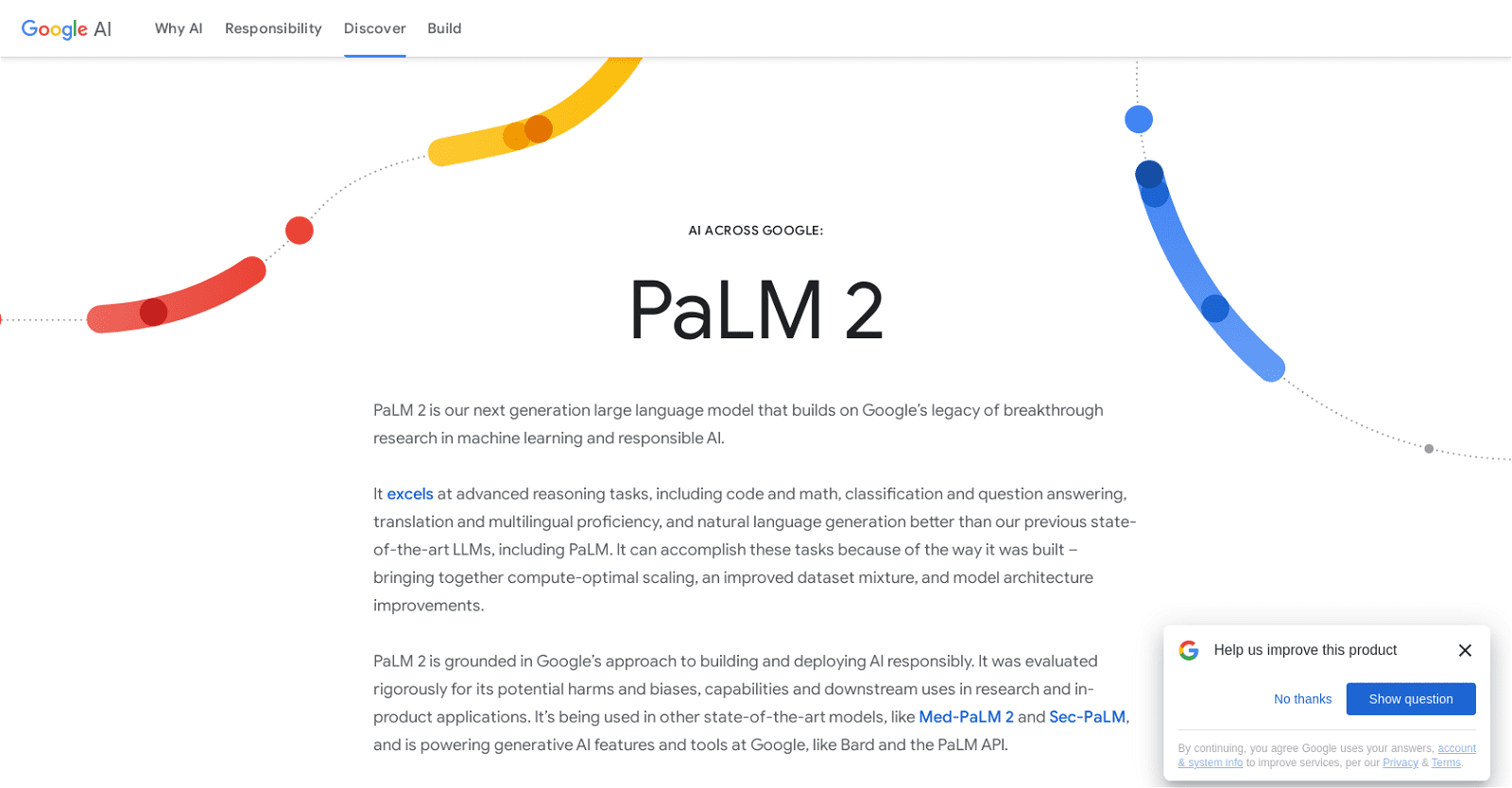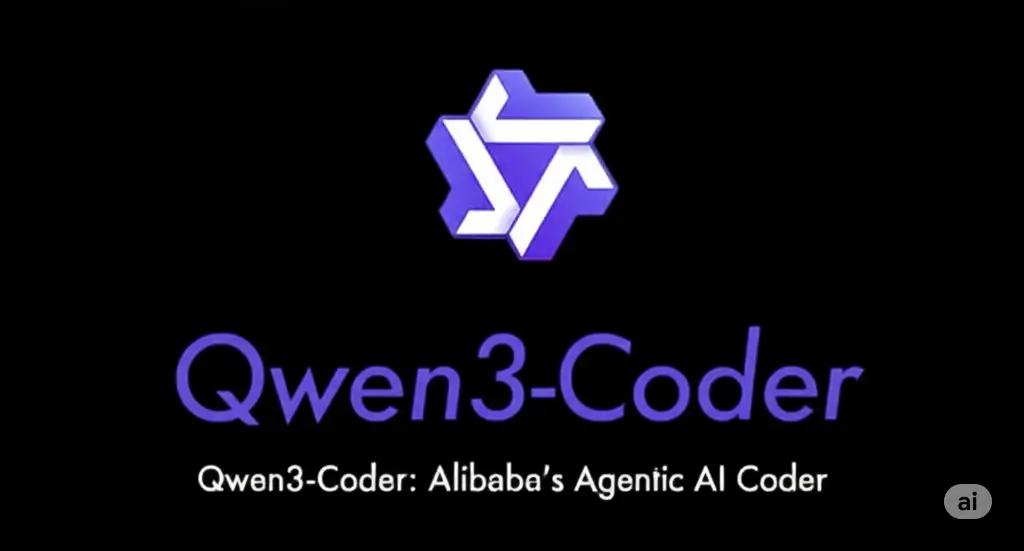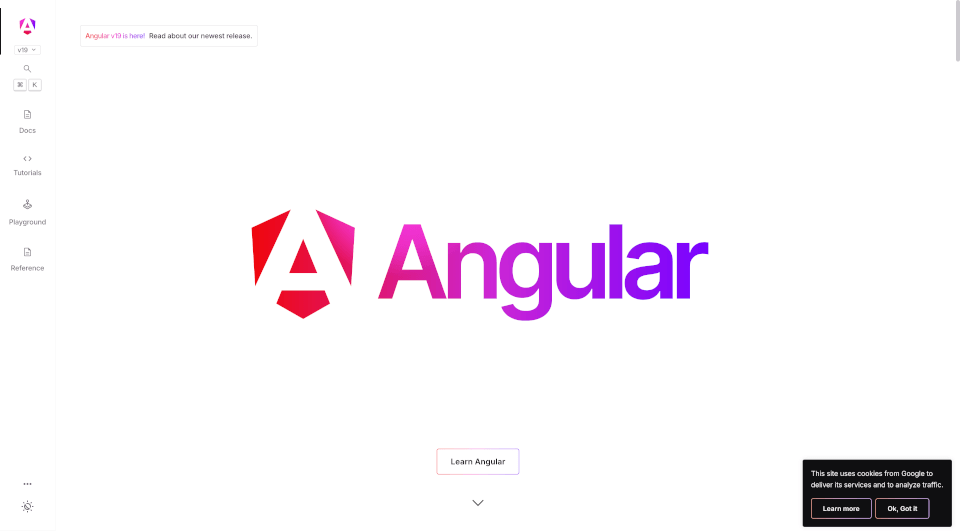PaLM 2 stands as the next evolutionary step in Google’s pursuit of advanced language models, succeeding its predecessor PaLM. Engineered to outperform its forerunner, PaLM 2 excels in sophisticated reasoning tasks spanning code interpretation, mathematical operations, classification, question answering, multilingual proficiency, and natural language generation.
This model’s enhanced performance owes much to three pivotal research advancements: compute-optimal scaling, a richer pre-training dataset mixture, and refined model architecture and objectives. Thorough evaluation ensured PaLM 2 adheres to Google’s principles of responsible AI development, mitigating potential harms and biases in both research and product applications.
With an expanded repertoire of multilingual capabilities, PaLM 2 boasts pre-training across diverse datasets, including web pages and source code repositories. This breadth empowers the model to navigate popular programming languages like Python and JavaScript, while also proficiently generating specialized code in languages such as Prolog, Fortran, and Verilog.
PaLM 2’s refined understanding of nuanced human language nuances equips it to unravel idioms and riddles, grappling with ambiguous and figurative meanings adeptly.
Furthermore, PaLM 2’s influence extends to Google’s suite of generative AI tools and features, notably Bard—an aid for creative writing and productivity—and the PaLM API, fostering the development of innovative generative AI applications.
In essence, PaLM 2’s advancements symbolize Google’s commitment to responsible AI deployment, shaping the landscape of generative AI with integrity and ingenuity.
More details about PaLM 2
Why was PaLM 2 developed?
PaLM 2 was developed to advance Google’s research in machine learning and AI, aiming to surpass the capabilities of its predecessor and excel in advanced reasoning tasks. It seeks to enhance interaction with human language, compute complex tasks, and uphold responsible AI principles.
How was PaLM 2 evaluated?
PaLM 2 underwent rigorous evaluation for potential harms, biases, and its capabilities for both research and in-product applications. It was benchmarked on tasks such as WinoGrande and BigBench-Hard, demonstrating significant multilingual improvements over the previous model. Moreover, it showcased enhanced translation capabilities across languages like Portuguese and Chinese.
Can PaLM 2 generate specialized code in languages like Prolog, Fortran, and Verilog?
Yes, PaLM 2 possesses the capability to generate specialized code in languages such as Prolog, Fortran, and Verilog. Leveraging its extensive pre-training on a diverse array of source code, PaLM 2 is equipped to produce code tailored to specific programming languages.
What advancements contribute to the improved performance of PaLM 2?
PaLM 2’s improved performance stems from three key advancements: compute-optimal scaling for efficiency, an enriched dataset mixture encompassing various human and programming languages, mathematical equations, scientific papers, and web content, and updates to its model architecture and objectives, enabling comprehensive language learning. These advancements collectively elevate PaLM 2’s performance across a spectrum of tasks.








